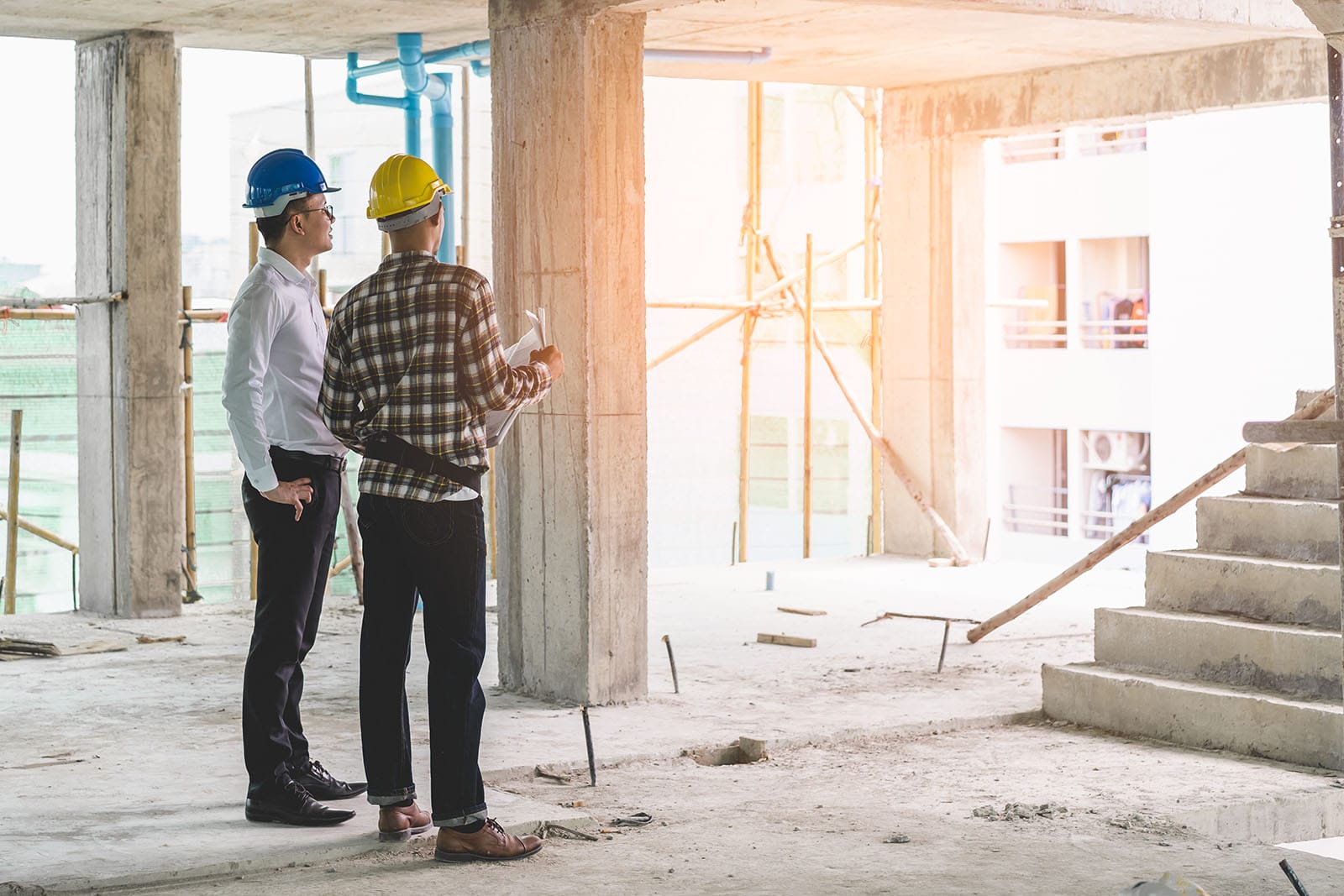Policy
3rd-Party Options Gain Traction Battling Code Inspection Friction
As homebuilders face elongated — costly — waits for essential build-cycle inspections, they turn increasingly to third-party inspections as a work-around to keep start-to-completion construction cycles on track.

Homebuilders — always, everywhere, and all at once — face challenges when it comes to securing timely building inspections they require in their build cycles to “progress” and complete new homes for delivery.
Locality by locality, it’s the part of the business operation where what homebuilders can control meets head-to-head with forces of friction they don’t. In a current moment of narrowed margins for error and stupefying volatility, velocity is a homebuilder’s best friend. Unforeseen delays that elongate construction build cycles rank among operators’ arch enemies, with potentially profit-crushing consequence.
The problem became more pronounced over the past several years as a housing shortage grew. Chronic post-GFC staffing shortages among local government building, planning, and permitting agencies — already overwhelmed by increased production of new homes — aggravated inspection delays.
Delays mean higher carrying costs, not to mention risks to trade crew availability, materials and products price fluctuations, and any number of other margin-squeezing impacts.
Several states have opened the door to allowing third-party inspections to ease the burden. Texas and New Jersey passed laws in 2023, while Tennessee and Utah followed suit last year. Florida has been using third-party inspections since 2002. Wisconsin, North Carolina, Maryland, Virginia, South Carolina, and Georgia have implemented laws that permit third-party inspections, whether through a blanket approach or giving municipalities the option to choose that route.
California Building Code has long permitted local governments to allow third-party inspections.
Speed has been the issue, however, and two pieces of legislation are now working through the state legislature to accelerate the inspection process. They would shorten the inspection window from 60 days to 30 days and allow developers, through state law, to secure third-party inspectors in cases where a municipality can’t meet the shortened timeline.
The timing is important because of the rebuilding effort from the devastating wildfires in the Los Angeles area in January.
Slow inspections of elements like framing, plumbing, and electrical systems cause delays that increase costs – and can even prevent would-be residents from purchasing or renting fully-constructed housing,” California YIMBY wrote about one of the state’s proposed bills. “Developers have reported waiting months for a city or county inspector to come out and sign off on a certificate of occupancy for fully built housing.”
Those are common points that have been made across the country in supporting legislation to effectively privatize building codes inspection.
Why Third-Party Inspection
The push for third-party inspections stems from a chronic — and intensifying — shortage of qualified inspectors, which mirrors labor shortages in other construction trades. An aging workforce isn’t being replenished to keep pace with new construction.
There's not a lot of kids coming out of college saying, I want to be an inspector,” said Ian Cohen, chief operating officer for third-party inspection software company Inspected.com founded in 2018. “The pipeline of inspectors is not growing.”
What’s more, older inspectors are averse to risk. Cohen said they aren’t climbing on a roof if it’s raining or cold.
The third-party building codes industry has grown rapidly over the past decade and is projected to continue expanding steadily. Driven by regulatory complexity, increased construction activity and technological innovation, third-party providers have become essential partners for both public agencies and private developers in ensuring code compliance and advancing building safety and performance.
Performing remote virtual inspections instead of on-site has been expanding to save more time. With the technology, “you don't have to drive 150 miles to do an electrical final on a doorbell in West Texas or be sitting in traffic for hours to drive six miles in California,” Cohen said.
Cohen said his company operates in 310 Florida cities, is registered in the Atlanta area, and is expanding into Tennessee, California and Texas. Lennar Corp., Century Communities and Holiday Builders are among the company’s clients.
Virtual Inspections Quicken the Pace
To put into perspective the time virtual inspections save, Cohen noted that when Holiday Builders brought Inspected.com in, it typically took about 300 days from shovel in the ground to a certificate of occupancy.
After one year of working with us, that went from 300 days down to 131 days,” he said.
The other benefit of virtual inspection is the recordkeeping that a municipal government department may not have.
When we do an inspection, we have everything documented with video, photos, screen grabs and all that,” Cohen said. “A city or municipality can sit there and say, ‘Well, yeah, I thought it looked good at the time, where we can have absolute proof when we perform that inspection at that time, that everything was up to code and everything passed.”
Government codes departments still have the final say on the CO.
For municipalities, however, third-party inspections ease a staffing shortage at a time when more new housing is needed, particularly in high-growth areas. The manpower issue is pervasive across the nation, and is further challenged by evolving complexities and requirements in building regulations.
California has a reputation for being a difficult place to build new housing, but Cohen said it’s not the worst.
Florida is by far the most complex and the most bureaucratic and red tape you've ever seen,” he said.
In Los Angeles, however, Cohen asserts that securing inspections on a timely basis will be a bigger problem than landing the building permit.
They're going to get those permits issued in a much quicker manner, because they're going to have to,” he said. “Where they're going to fall down—and we're already talking to people out there about this—is being able to keep up with how many inspections need to take place. So if you're building a community, or if you're repairing homes or whatever it is, there's not enough inspectors out there to do this. They're just they're going to be waiting weeks for an inspector to come by and do something.”
MORE IN Policy
Arkansas ADU Law Sets Fast-Approaching Housing Deadline
Arkansas’s bold new housing law gives cities until January 1 to legalize accessory dwelling units statewide. The move could reshape how local zoning and housing affordability intersect across one of America’s fastest-growing regions.
Dallas Rewrites Its Zoning Legacy to Fix Housing Shortage
After decades of single-family dominance, Dallas is embracing density again. A landmark ordinance revives small-scale housing once zoned out of existence — and signals a turning point for Texas growth policy.
Arizona’s New Water Framework Revives Housing Prospects
After a yearlong construction freeze, Arizona finally has a path forward. A new water framework could unlock 60,000 homes — and redefine how growth happens in the desert.
